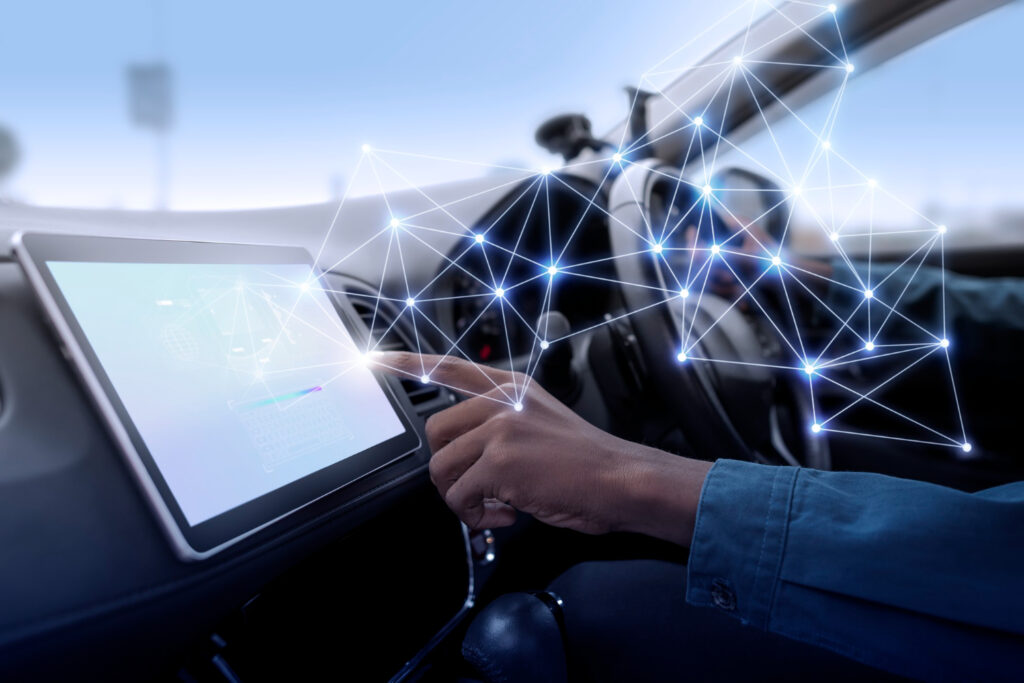Advanced Driver Assistance Systems (ADAS) represent a revolutionary step in the evolution of vehicle safety and driving assistance technologies. Fundamentally, ADAS is a collection of systems designed to improve the safety and overall driving experience by automating, enhancing, and adapting various vehicle systems for safety and improved driving. These systems leverage a range of technologies including sensors, cameras, radar, and sophisticated algorithms to monitor the vehicle’s surroundings, detect potential hazards, and either alert the driver or take corrective actions to avoid accidents.
The primary goal of ADAS is to reduce the burden on the driver and minimize human errors that often lead to road accidents. By providing critical real-time information and taking over some of the challenging aspects of driving, ADAS significantly enhances road safety. These systems can recognize traffic signs, detect obstacles, maintain safe following distances, and even assist in maintaining lane discipline. With the increasing complexity of driving environments and the growing emphasis on road safety, ADAS has become an integral part of modern vehicles. Moreover, as vehicles become more connected through the Internet of Things (IoT), the capabilities of ADAS are expanding, paving the way for more advanced features and integrations, further solidifying its role as a cornerstone in the future of automotive technology.
What are the different functionalities covered by an ADAS?
Adaptive Cruise Control
Lane Departure Warning and Lane Keeping Assist
Blind Spot Detection
Traffic Sign Recognition
Collision Avoidance System
Parking Assistance
Driver Monitoring Systems
What are the different technologies behind ADAS systems?
- Sensors: A wide range of sensors, including ultrasonic, radar, and infrared, are fundamental to ADAS. They enable the system to detect objects, measure distances, and ascertain relative speeds. For instance, ultrasonic sensors are often used in parking aids, while radar sensors are critical for adaptive cruise control.
- Cameras: Cameras play a pivotal role in providing visual data, crucial for many ADAS features. They are used for lane departure warnings, traffic sign recognition, and providing a 360-degree view around the vehicle.
- LIDAR (Light Detection and Ranging): LIDAR technology, which uses pulsed laser light to measure distances, is instrumental in creating detailed 3D maps of a vehicle's surroundings, enhancing the precision of obstacle detection and navigation.
- Computer Vision and Machine Learning: These technologies enable the processing and interpretation of the vast amount of data generated by sensors and cameras. Machine learning algorithms, trained on vast datasets, allow the system to recognize patterns, predict outcomes, and make decisions.
- V2X Communication (Vehicle-to-Everything): V2X is a wireless communication technology that allows vehicles to communicate with each other and with infrastructure. This technology is vital for enhancing situational awareness and improving road safety.
- GPS and Mapping Technology: Accurate GPS and detailed mapping are essential for navigation assistance, geofencing, and location-based services that are part of many ADAS suites.
Each of these technologies contributes to the overall functionality of ADAS, enabling vehicles to perceive their environment, make intelligent decisions, and assist drivers in navigating the complexities of the road. The synergy between these technologies is what makes ADAS a cornerstone of modern automotive safety and the bridge towards fully autonomous vehicles.
How can ADAS systems benefit the profitability and bottom line of fleet operations?
Reduced Accident Costs
Lower Incidence of Accidents: ADAS features like collision avoidance, lane departure warning, and blind spot detection significantly reduce the risk of accidents. Fewer accidents mean reduced costs related to vehicle repairs, legal fees, and insurance claims.
Reduced Insurance Premiums: Many insurance companies offer lower premiums for vehicles equipped with advanced safety features. This reduction in insurance costs directly impacts the bottom line.
Improved Fuel Efficiency
- Eco-Driving Assistance: Systems like adaptive cruise control and route optimization assist in maintaining optimal driving speeds and avoiding unnecessary acceleration and braking. This leads to more fuel-efficient driving practices, reducing fuel costs.
- Predictive Maintenance: With the help of ADAS and connected vehicle data, fleet operators can better predict and schedule maintenance, avoiding costly breakdowns and extending the life of vehicle components.
Enhanced Driver Performance
- Driver Monitoring: ADAS systems that monitor driver behavior can help in identifying and correcting inefficient driving practices. Improved driving habits not only enhance safety but also contribute to fuel savings and reduced vehicle wear and tear.
- Reduced Driver Fatigue: Features like lane keeping assist and adaptive cruise control reduce driver workload, particularly on long journeys, leading to less fatigued, more alert drivers, and ultimately safer driving.
Optimized Fleet Management
- Real-Time Data Analysis: The integration of ADAS with IoT allows for the collection of vast amounts of data. This data can be analyzed to optimize routes, reduce idling times, and enhance overall fleet efficiency.
- Improved Compliance: Advanced systems help ensure compliance with road regulations, reducing the likelihood of fines and penalties that can arise from traffic violations or non-compliance with regulations.
Enhanced Corporate Image and Responsibility
- Social Responsibility: Implementing ADAS demonstrates a commitment to safety, which can enhance a company's image and reputation. This could lead to increased business opportunities, as clients and partners often prefer to work with companies that prioritize safety and sustainability.
- Attracting and Retaining Talent: A fleet equipped with advanced safety features can be a key factor in attracting and retaining the best drivers, who prefer working with companies that invest in their safety and well-being.








